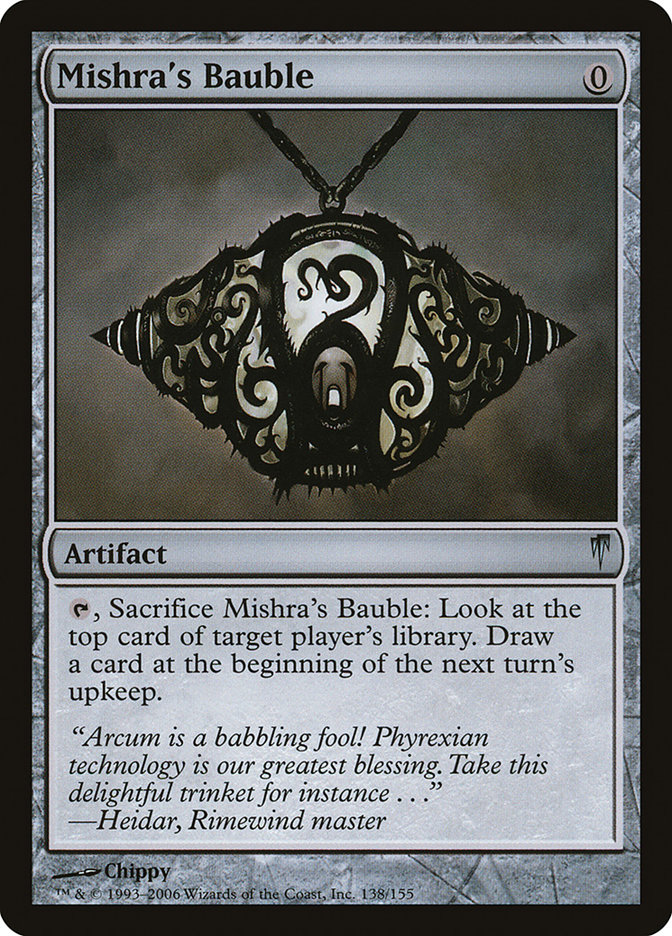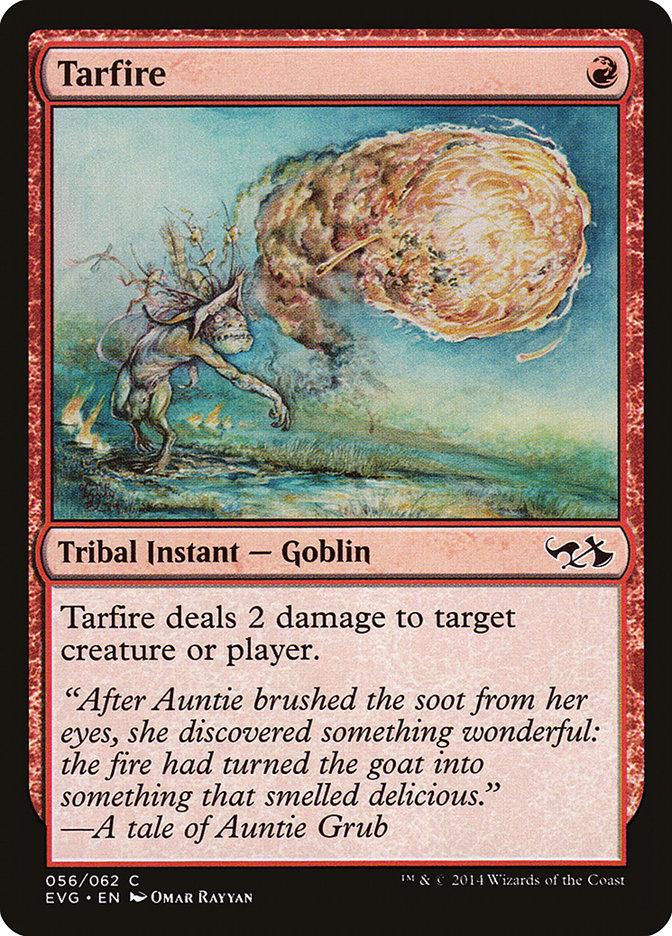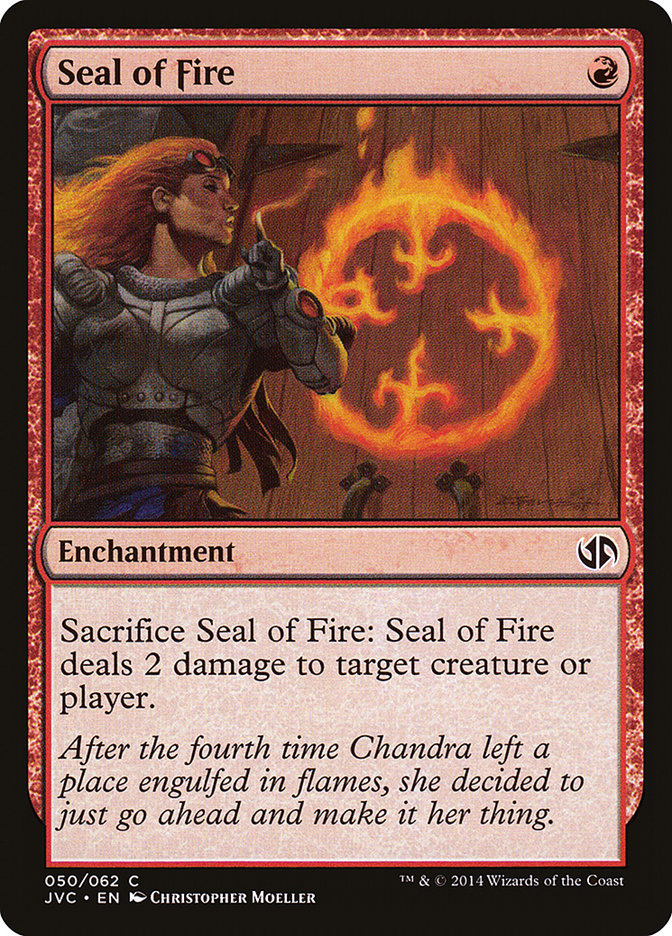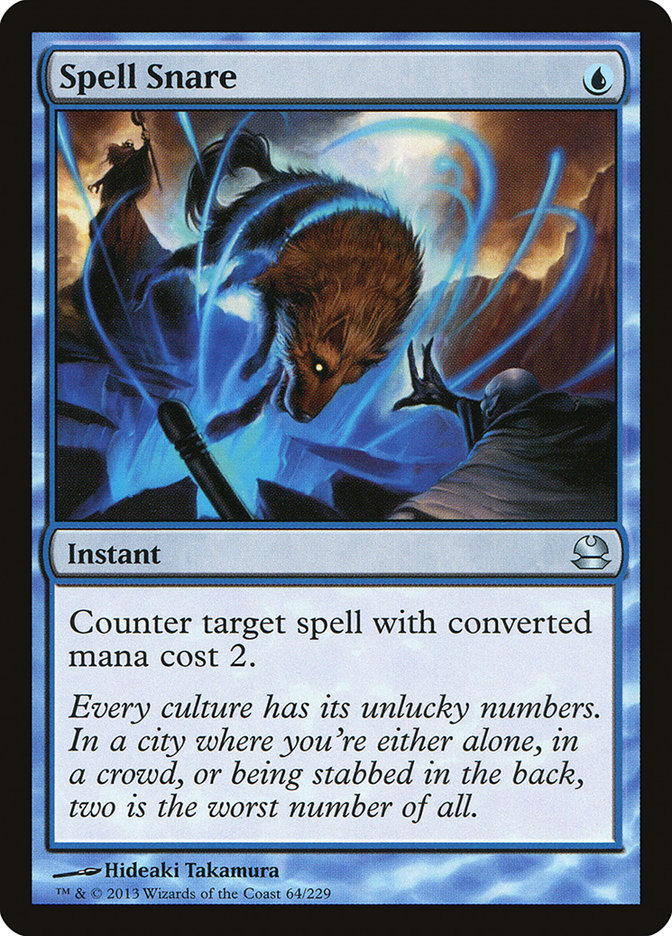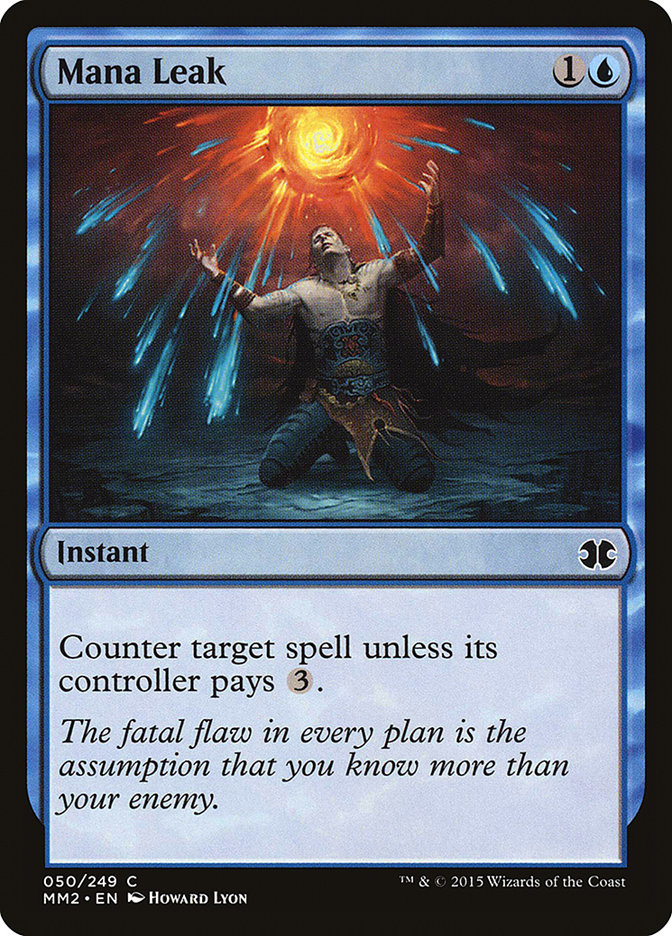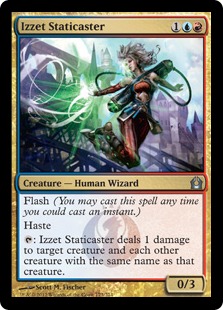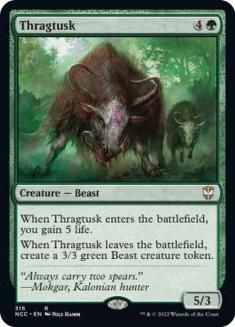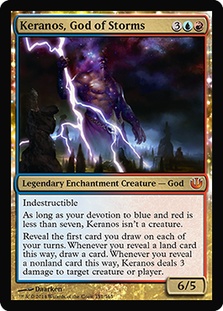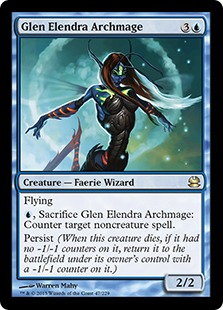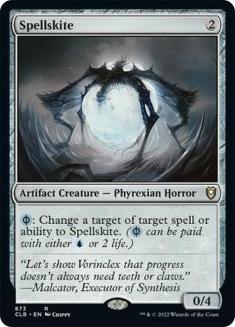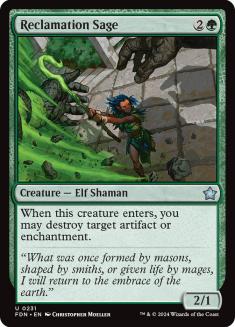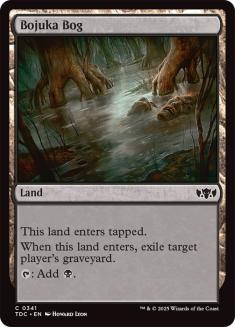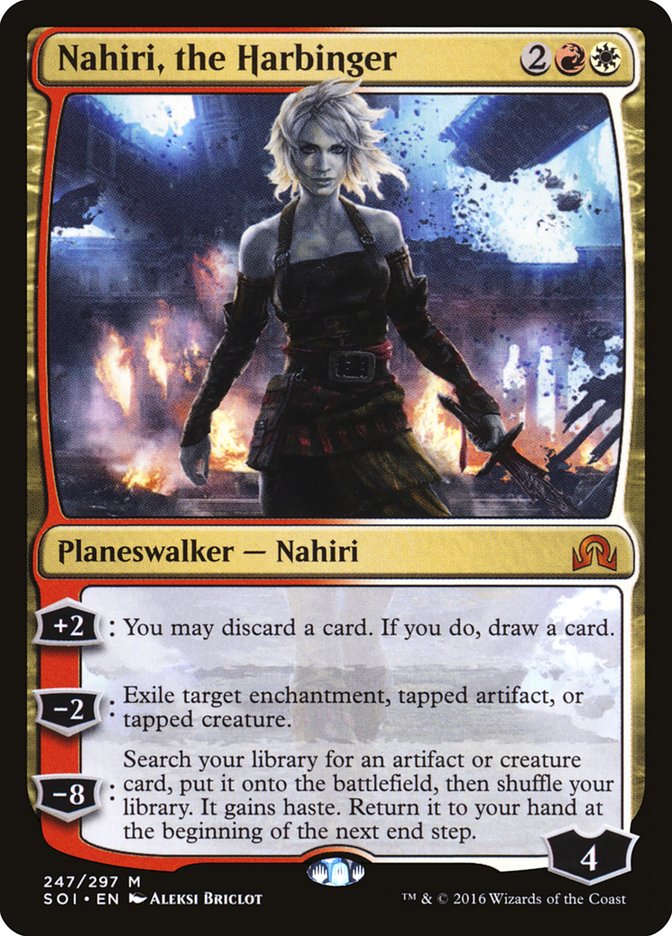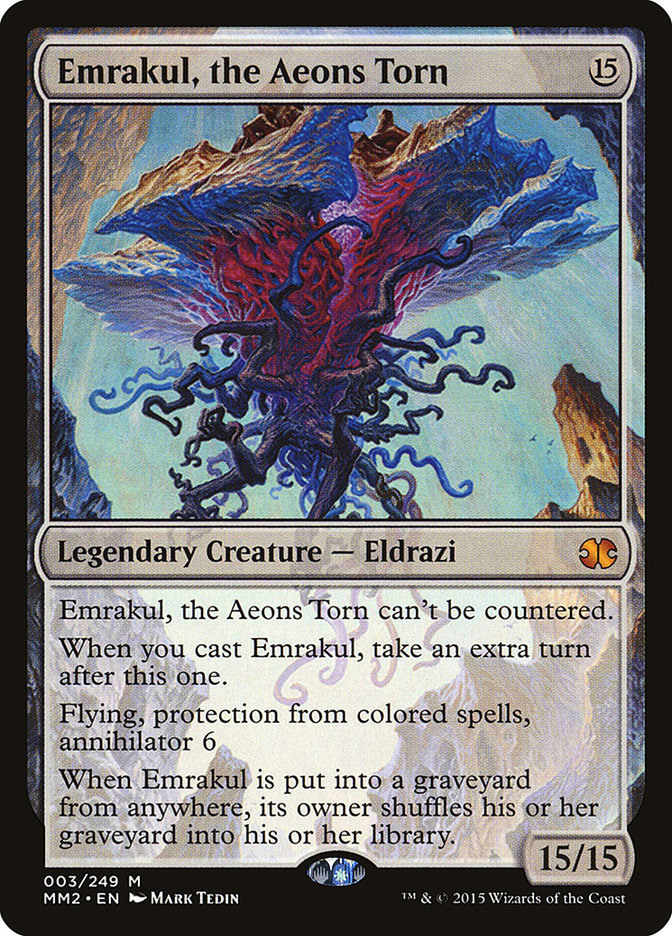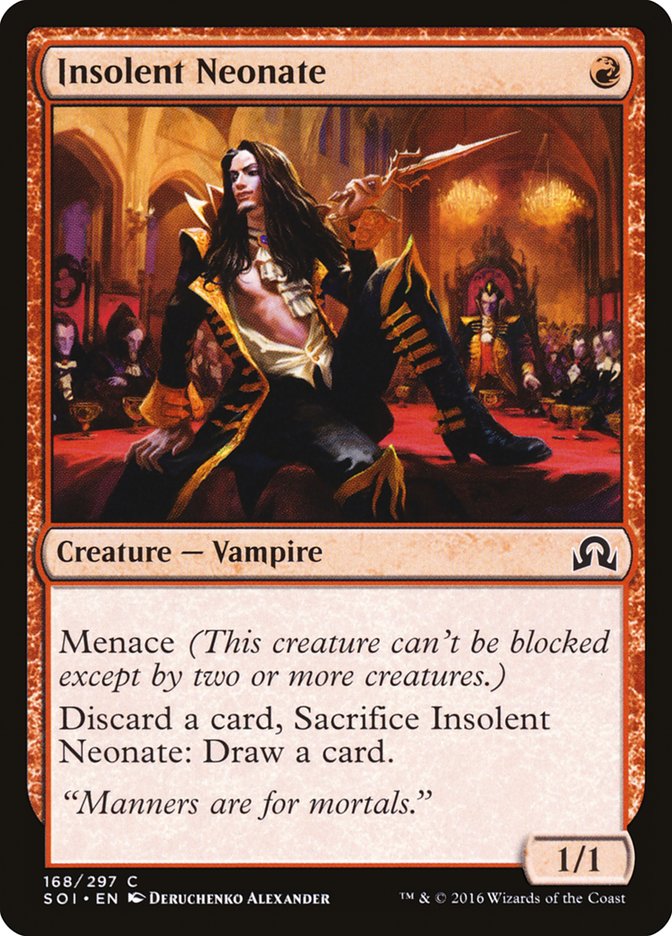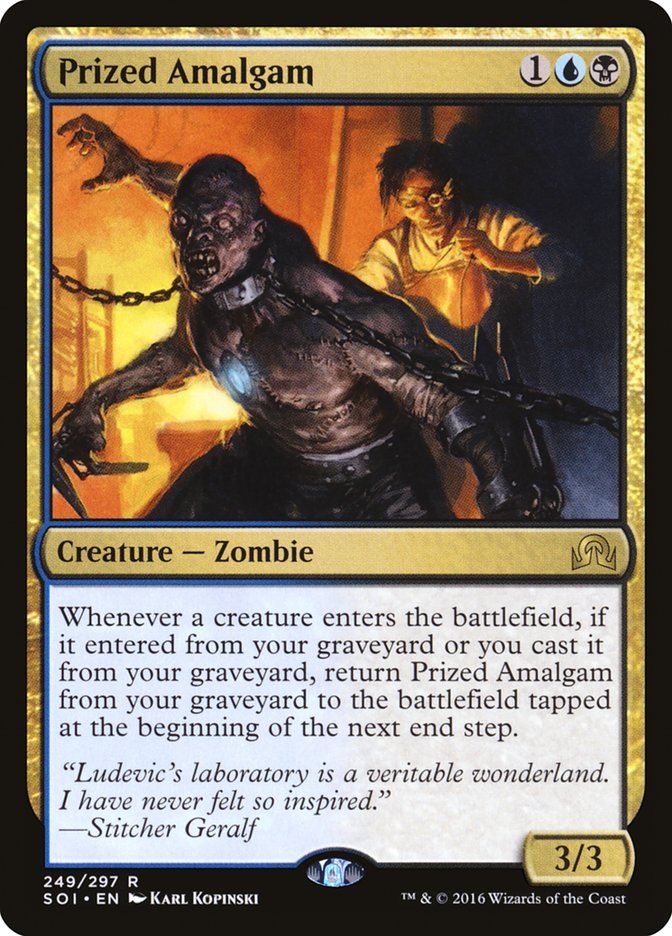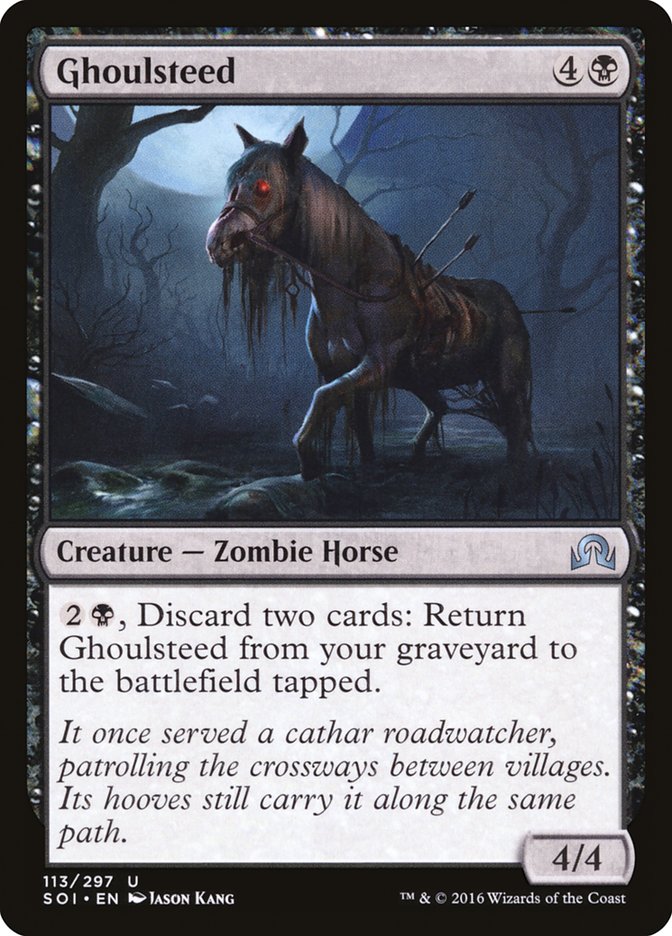Opportunity MOCS…
You could totally do something with that.
Yeah, I mean, that’s kind of an amusing play on words, I guess. Not every idea shows up fully fleshed out.
While it’s important to remember that brilliant ideas are stupid ideas that worked, it’s also important to remember that ideas don’t just work on their own. It takes execution. Without execution, ideas are a dime a dozen.
I can’t tell you how many aspiring deck builders I hear talk about ideas for decks but never bother to tune or refine them. I see aspiring game designers constantly talking about ideas for games they want to make, but when pressed about the games they actually build prototypes for, playtested, and refined, have nothing to show. I see aspiring musicians talk about wanting to sing, someday, but it’s always tomorrow.
I get it.
Execution is hard.
Derek Sivers wrote a great little piece on how “Ideas are just a multiplier of execution.” The basic premise, is that to him, ideas are worth very little compared to the execution of the idea, despite how much everyone tends to think their idea is worth untold fortunes. The way he looks at it, you multiply the value of the idea by the value of the execution, and that’s the value of the business.
|
Idea |
Value |
Execution |
Value |
|
Awful Idea |
-1 |
No Execution |
$1 |
|
Weak Idea |
1 |
Weak Execution |
$1,000 |
|
So-So Idea |
5 |
So-So Execution |
$10,000 |
|
Good Idea |
10 |
Good Execution |
$100,000 |
|
Great Idea |
15 |
Great Execution |
$1,000,000 |
|
Brilliant Idea |
20 |
Brilliant Execution |
$10,000,000 |
A brilliant idea with good execution is worth $2,000,000.
A good idea with brilliant execution is worth $100,000,000.
Now, nested in this is the insight that execution implies a lot more ideas. The truth is, if you want to succeed with a business or with a decklist, you need more than just a single idea. One idea may be at the heart of the origin of the deck, but it takes a lot of ideas to make a full decklist. Execution is hard.
People fear failing so much. In Magic, it’s much easier to just copy a decklist and absolve myself of the “blame,” if it doesn’t work out. Yet, if it does, my ego is right there, ready to take credit for how smart it was to play Affinity this week, or Abzan, or Storm, or whatever.
Convenient.
Making a new deck, even just inventing new deckbuilding technology, takes creativity, but it also takes a willingness to risk one’s ego. What can be even harder is staying rational when processing the results you get.
For instance, this past weekend, the Magic Online Championship (MOC) was a super-high stakes tournament with four (!) different events. Four rounds of Standard, four rounds of Modern, three rounds of Legacy, and three rounds of Draft is a lot of small sample sizes. You could have a Legacy deck that beats everything 70/30, which is unheard-of and well beyond ban-worthy, yet still finish with a losing record over 21% of the time. Heaven forbid your strategy was missing one key piece of technology that would have pushed it over the edge.
This weekend’s MOC was a bit odd, with just thirteen of the sixteen invited players showing up despite the $116,000 prize pool. Two players were unable to secure visas, while a third had a personal emergency. Nevertheless, the stakes were extremely high, as was the level of technology, and the four rounds of Modern did not disappoint.
Here’s a list of the various archetypes people showed up with:
● Infect 2
● Dredgevine 2
● Death’s Shadow Aggro 1
● Ad Nauseam 1
● Jeskai Control 1
● Jund 1
● Lantern Control 1
● Naya Company 1
● Naya Zoo 1
● Scapeshift 1
● Temur Traverse 1
It’s crazy how diverse the Modern metagame is! Obviously a thirteen-player tournament has the potential to look disproportionately diverse, but just check out the Day 2 metagame from #SCGINDY this same weekend:
|
Archetype |
SCG Indy Day 2 |
|
G/R Tron |
15.2% |
|
Jund |
10.6% |
|
Eldrazi Aggro |
7.6% |
|
7.6% |
|
|
Infect |
7.6% |
|
Jeskai Control |
4.5% |
|
R/G Valakut |
4.5% |
|
Kiki-Chord |
4.5% |
|
Misc Blue Control |
4.5% |
|
Affinity |
3.0% |
|
Burn |
3.0% |
|
Abzan |
3.0% |
|
Elves |
3.0% |
|
W/x Hate Bears |
3.0% |
|
Misc* |
18.2% |
*Misc = Goryo’s Vengeance, Ad Nauseam, Slivers, Merfolk, Storm, Grixis Delver, Zoo, Martyr, Smallpox, W/B Tokens, Bring to Light, W/R Midrange
Not only are both of these metagames extremely diverse, both in deck selection and style of play, they are also extremely different from each other. And both of these metagames are extremely different from the #SCGMKE metagame, with Jund and Burn on top (though still extremely diverse).
I think it’s fair to say the Modern metagame is a free-for-all, without a clear and consistent Tier 1. In fact, I would guess the Day 2 metagame of #GPCharlotte ends up a fair bit different from the Day 2 metagame of #GPLA, despite both being this upcoming weekend.
I want to jump back over to the MOC, which featured some really cool new decks and card choices; but first, here’s another way of looking at #SCGINDY’s Day 2 metagame:
|
Archetype |
SCG Indy Day 2 |
|
Ramp |
27.3% |
|
Eldrazi/Infect/Affinity |
18.2% |
|
Aggro |
18.2% |
|
Midrange |
16.6% |
|
Control |
10.6% |
|
Misc Combo |
9.1% |
The format, at least in Indy, seemed to be relatively close to one-third Ramp+Combo, one-third Aggro+Linear Aggro, and one-third Midrange+Control. How do you best respond to that?
My favorite deck from the MOC was definitely Sam Black’s Temur Tracker-Traverse deck. He only finished 1-3 with it; however, there’s some very cool stuff going on here. I can’t help but wonder if this is an early progenitor to a new breed of Modern deck that will help shape the format for years to come, once the right version evolves.
Creatures (16)
- 1 Eternal Witness
- 4 Tarmogoyf
- 1 Scavenging Ooze
- 3 Snapcaster Mage
- 2 Jace, Vryn's Prodigy
- 1 Pia and Kiran Nalaar
- 4 Tireless Tracker
Lands (19)
Spells (25)

First and foremost, this is a Traverse the Ulvenwald deck, in form and function.
Traverse the Ulvenwald is the exact type of card that scales really well in Modern, compared to Standard. Being cheap is disproportionately good in Modern, and tutors are of increased value, since the right card at the right time is worth so much, in this format. Besides, triggering delirium is actually quite easy since there are so many cheap and powerful enablers, like Gitaxian Probe and Thought Scour, not to mention options like Mishra’s Bauble, Tarfire, and Seal of Fire.
Mishra’s Bauble is an underplayed and widely misunderstood card in its own right. The opportunity cost in a deck full of fetchlands is pretty low, and while it “slows” down your draw for half a turn sometimes, combining it with a fetchland gives you a free scry, which is worth even more. Once you factor in the ability for it to fuel delirium or Tarmogoyf, you start getting into some pretty exciting space.
It’s not unusual for cheap blue cantrip decks to play a couple of Shock variants in addition to their playset of Lightning Bolts. Forked Bolt and Burst Lightning are the most common; however, Seal of Fire and Tarfire are interesting options once delirium is involved.
Personally, I lean towards playing the second Seal of Fire over the first Tarfire, as it is just so much better of a card. The only time Tarfire really “pays” you is when you already have the one Seal of Fire and you really need another type for delirium or Tarmogoyf. I guess you might need to Snapcaster Mage it at some point, too. That’s not nothing, but Seal of Fire is just an excellent card that I particularly like in decks that can draw this many cards. Getting to play it out proactively and then threaten it for zero mana at any point is a great safety net.
Sam’s deck may be a Traverse the Ulvenwald deck, but he’s making a loud statement about the power of Tireless Tracker in a fetchland format. After all, a single Tracker effectively draws two extra cards a turn (when you have fetchlands), and quickly grows into a massive threat.
The downside? The extra cards are in the form of Clues, which means we’re going to be tight on mana. As such, 22 of the 25 non-creature spells cost one or less.
Sam’s disruption package was three Spell Snares and three Mana Leaks, which at first blush may seem at odds with the whole “needing to use your mana to draw cards” thing. However, since you can crack Clues at instant speed, you can actually just leave two mana open, counter their card if you need to, and then draw a card from a Clue if you don’t.
I can’t help but wonder if Jund might be able to adopt some of this technology. For instance:
Creatures (13)
- 1 Eternal Witness
- 4 Tarmogoyf
- 1 Shriekmaw
- 1 Fulminator Mage
- 1 Kitchen Finks
- 1 Scavenging Ooze
- 1 Pia and Kiran Nalaar
- 3 Tireless Tracker
Planeswalkers (3)
Lands (22)
Spells (22)

This build might not be fast enough yet, but even if we just cut the Traverse stuff altogether and played Tracker in a typical Jund deck, I think there might be something there.
One last component of Sam’s deck that is particularly noteworthy is the sideboard.
Sideboard cards are a big part of Modern, and Traverse the Ulvenwald makes sideboard creatures and sideboard lands go a lot further. You could Traverse for Kataki, War’s Wage; for Kor Firewalker; Ghost Quarter; even Sulfur Elemental!
There’s a good chance I’m going to end up playing some kind of blue deck this weekend. One of the possibilities I’m considering is some kind of a Tarmogoyf / Snapcaster Mage deck with Ancestral Vision. I wonder if Tireless Tracker might be a nice addition. After all, I am in the market for another threat:
Creatures (11)
Lands (22)
Spells (27)

The coolest Ancestral Vision deck from the MOC was Gerry Thompson’s Jeskai deck:
Creatures (5)
Planeswalkers (4)
Lands (23)
Spells (28)

Nahiri is a potent new planeswalker with a bunch of cool implications in Modern, not the least of which is searching up Emrakul, the Aeons Torn.
It takes just two turns to get Nahiri up to her ultimate, and then you get Emrakul. While you don’t get an extra turn, she does give Emrakul haste, so your opponent is probably dead.
Amusingly, you can also search up a Snapcaster Mage and even get two triggers. When the Snapcaster Mage first comes down, maybe you flash back a Timely Reinforcements or something. Then Snapcaster comes back to your hand and threatens to Flashback a counterspell on your opponent’s turn.
In addition to her ultimate, Nahiri is a nice source of selection, discarding whichever interactive spells you have that don’t line up well or even just extra land. Of course, one of the most appealing interactions is when she discards the Emrakul stuck in your hand, shuffling it back into your deck to search out later when she ultimates.
As for Nahiri’s -2 ability, it’s not actually that hard to hit a Tarmogoyf and get to keep the Nahiri. Hitting creatures is only part of the puzzle, though. It’s hard to ever get a Cranial Plating tapped, but she does exile Darksteel Citadel. More importantly, perhaps, she gives you a built-in way to get rid of cards like Oblivion Stone and Thopter Foundry.
Thopter Foundry plus Sword of the Meek had a decent showing this weekend, in the hands of Joe Spanier, who put up a 3-1 record in Modern by incorporating it into a Lantern Control deck:
Creatures (2)
Lands (17)
Spells (41)

The next list I’d like to take a look at is Magnus Lantto and Olivier Tiu’s Dredgevine deck:
Creatures (34)
- 4 Golgari Grave-Troll
- 4 Stinkweed Imp
- 2 Rotting Rats
- 4 Bloodghast
- 4 Vengevine
- 4 Gravecrawler
- 4 Lotleth Troll
- 4 Prized Amalgam
- 4 Insolent Neonate
Lands (20)
Spells (6)
Sideboard

The first addition to the archetype they’ve made is the inclusion of Insolate Neonate, which is both a discard outlet and a cheap creature that can help bring back Vengevines.
That you can discard one of your graveyard creatures is already sweet, but the Insolent Neonate even has menace, which can help keep the pressure on, even against Tarmogoyfs. Normally, discarding before drawing is worse than the other way around; however, in a Dredge deck, you can discard Golgari Grave-Troll and then replace the draw with dredging it back.
With 31 cards that work from your graveyard, this deck is sort of “drawing” three cards every time you mill six. That gets out of control quickly and makes grinding out the Dredgevine deck next-to-impossible.
One of these graveyard cards is Prized Amalgam, which is particularly appealing due to the zero mana involved with bringing it back. If you play an Insolent Neonate and then discard and dredge a Golgari Grave-Troll, you might start a chain reaction very easily.
Bloodghast is the easiest creature to cast from your graveyard, which brings back the Amalgam for free. Now you’ve got yourself a Zombie, so the Gravecrawler can come back. After the Neonate, casting the Gravecrawler counts as your second creature cast, so now your Vengevine comes back. Remember, Rotting Rats are Zombies, too!
Ghoulsteeds in the sideboard: because sometimes you need to grind even harder!
With so many sweet decks, it’s important to take a moment, step back, and ask ourselves, “What actually did the best this weekend?”
There was exactly one undefeated player in Modern, Niels Noorlander, which helped carry him to a Top 4 appearance and eventual championship.
Creatures (12)
Lands (20)
Spells (28)
- 4 Might of Old Krosa
- 4 Vines of Vastwood
- 2 Dispel
- 2 Groundswell
- 2 Distortion Strike
- 4 Mutagenic Growth
- 4 Gitaxian Probe
- 2 Dismember
- 4 Become Immense
Sideboard

Execution.
Stock Infect?
Execution.
…
Execution.



